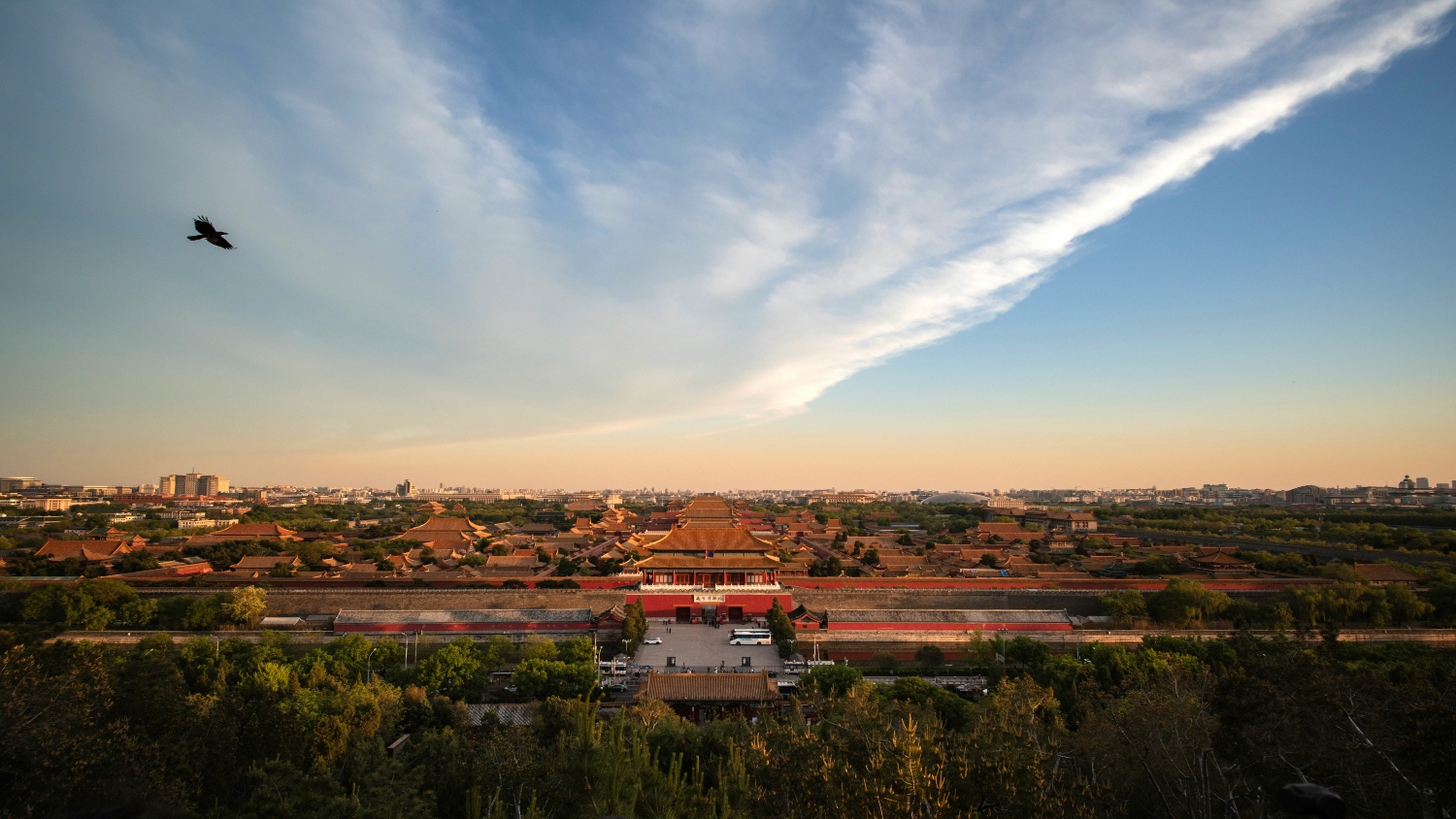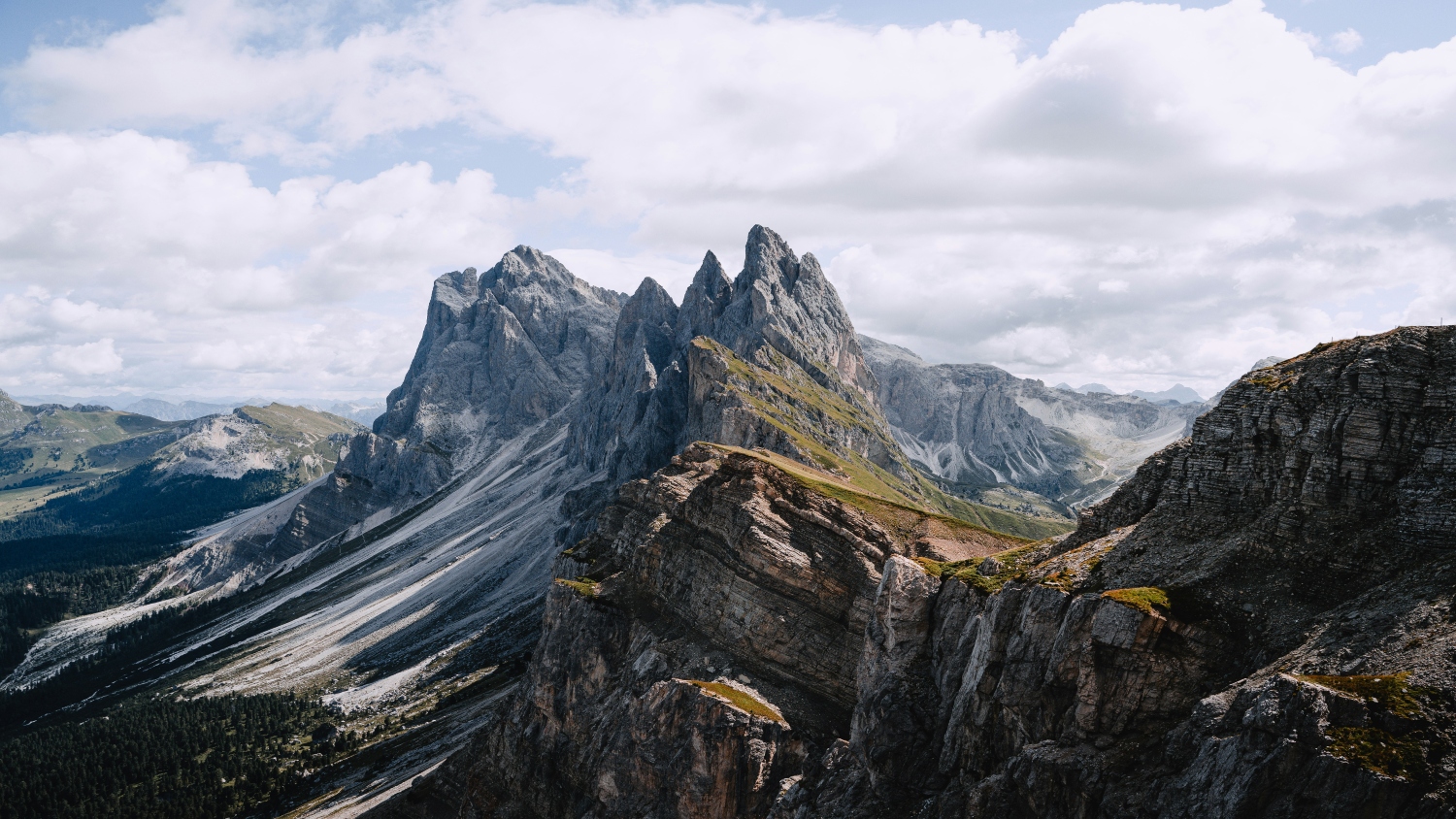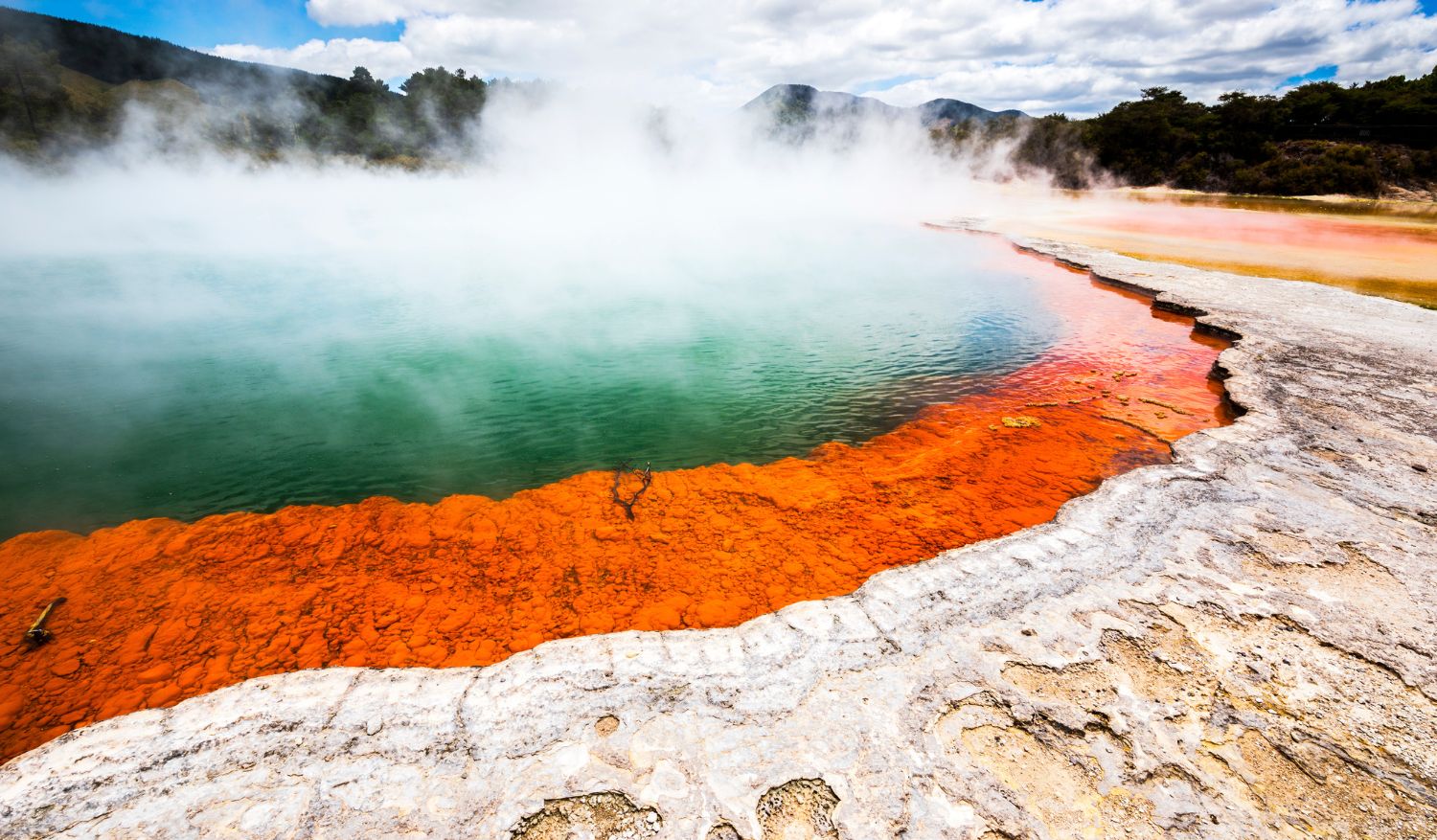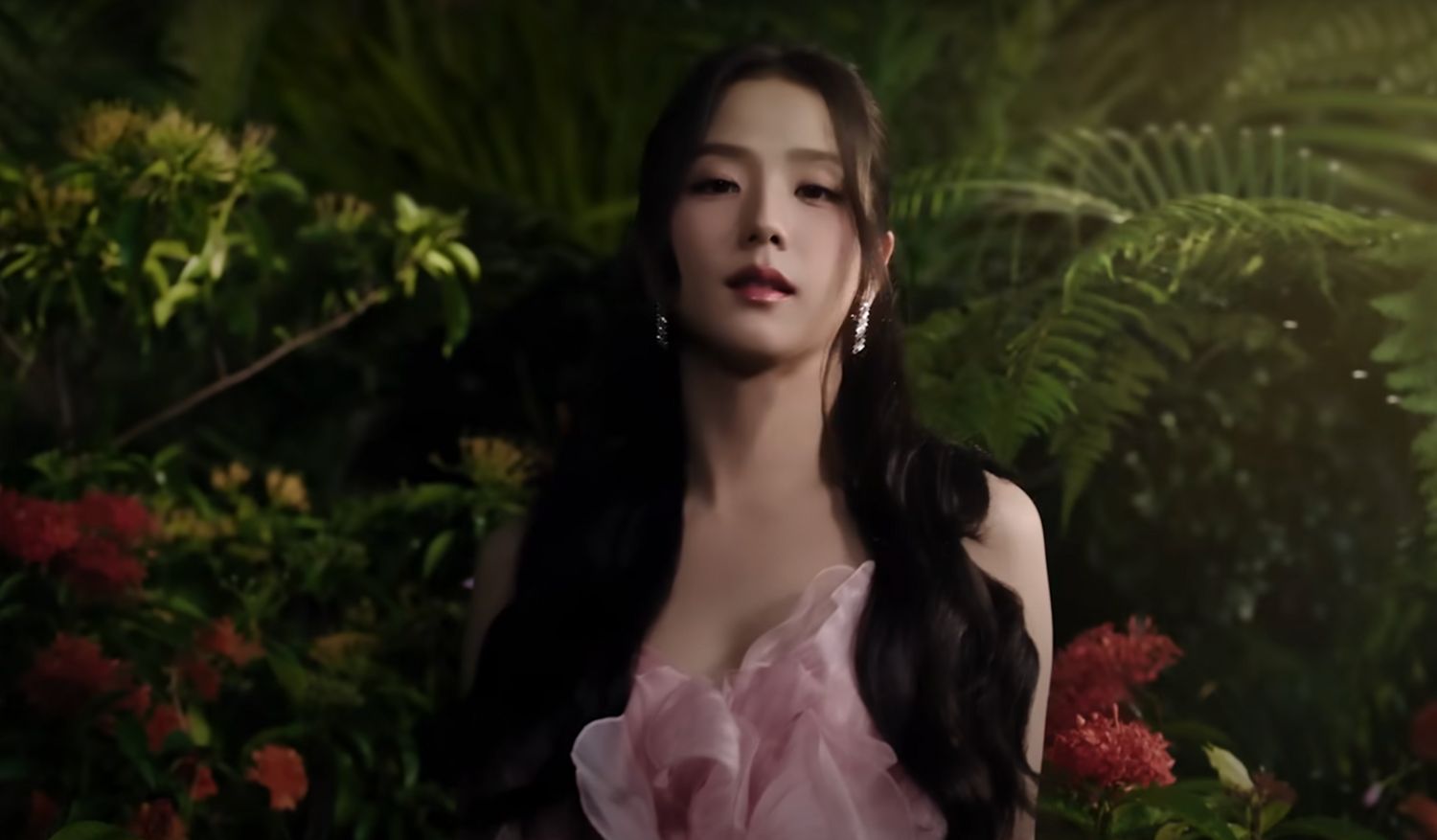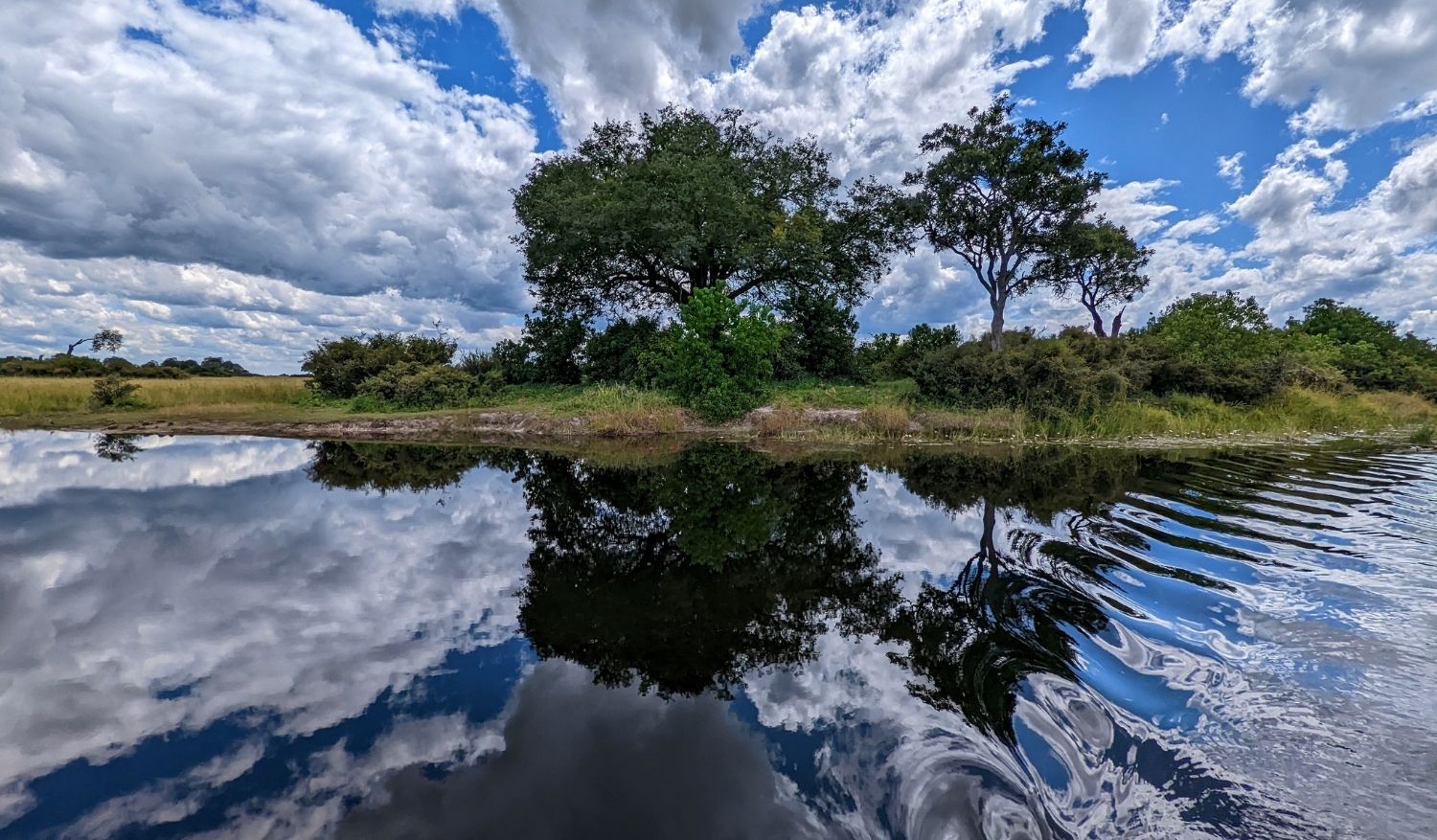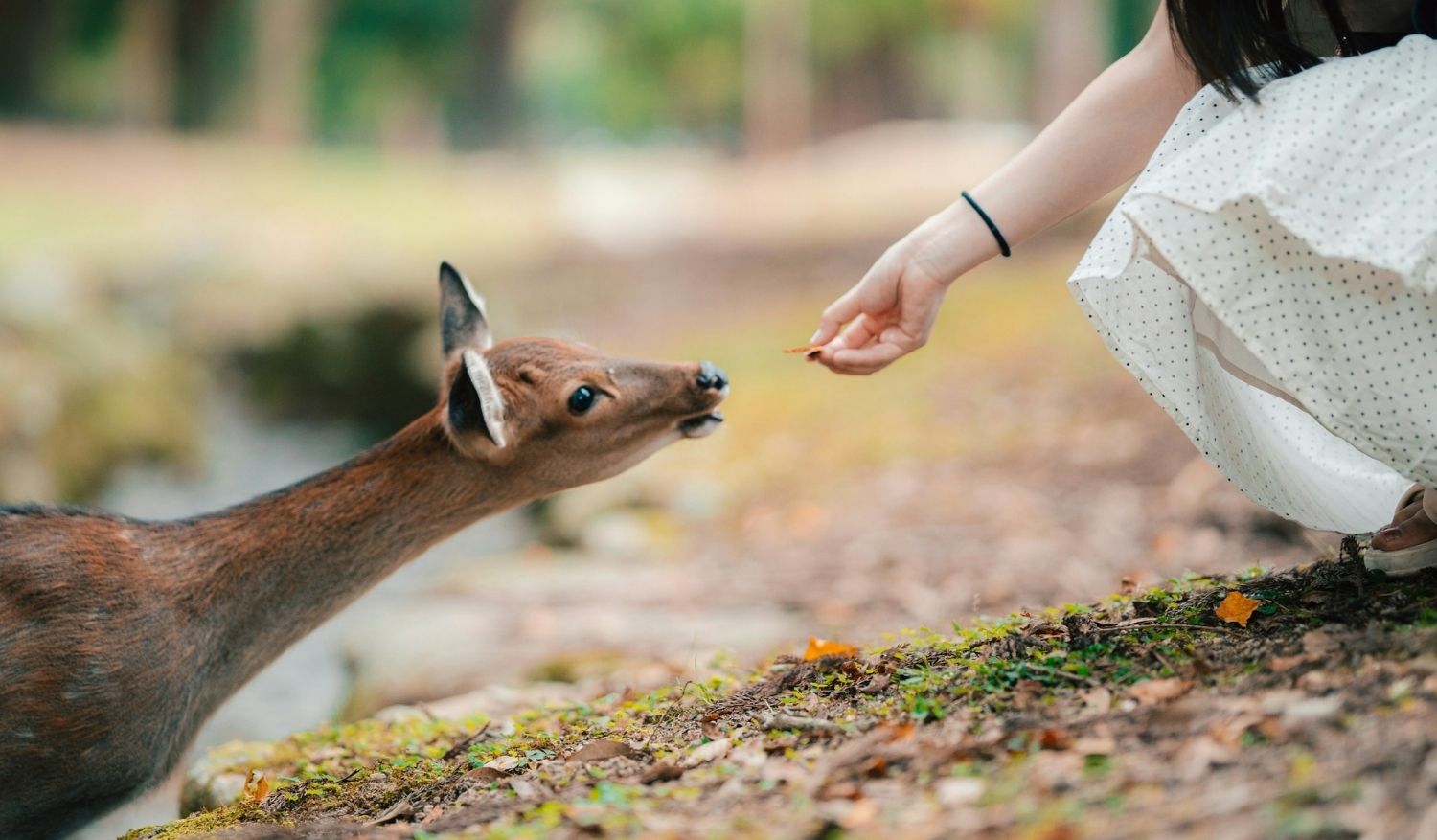Beijing, often portrayed through its monumental architecture and bustling avenues, harbours a quieter, verdant side that whispers tales of emperors, poets, and everyday citizens seeking solace. Beyond the Forbidden City’s grandeur and the Great Wall’s might, the city’s parks and gardens offer sanctuaries where history and nature intertwine.
This guide invites you to explore Beijing’s green soul, where ancient trees, serene lakes, and meandering pathways reveal the city’s enduring relationship with nature.
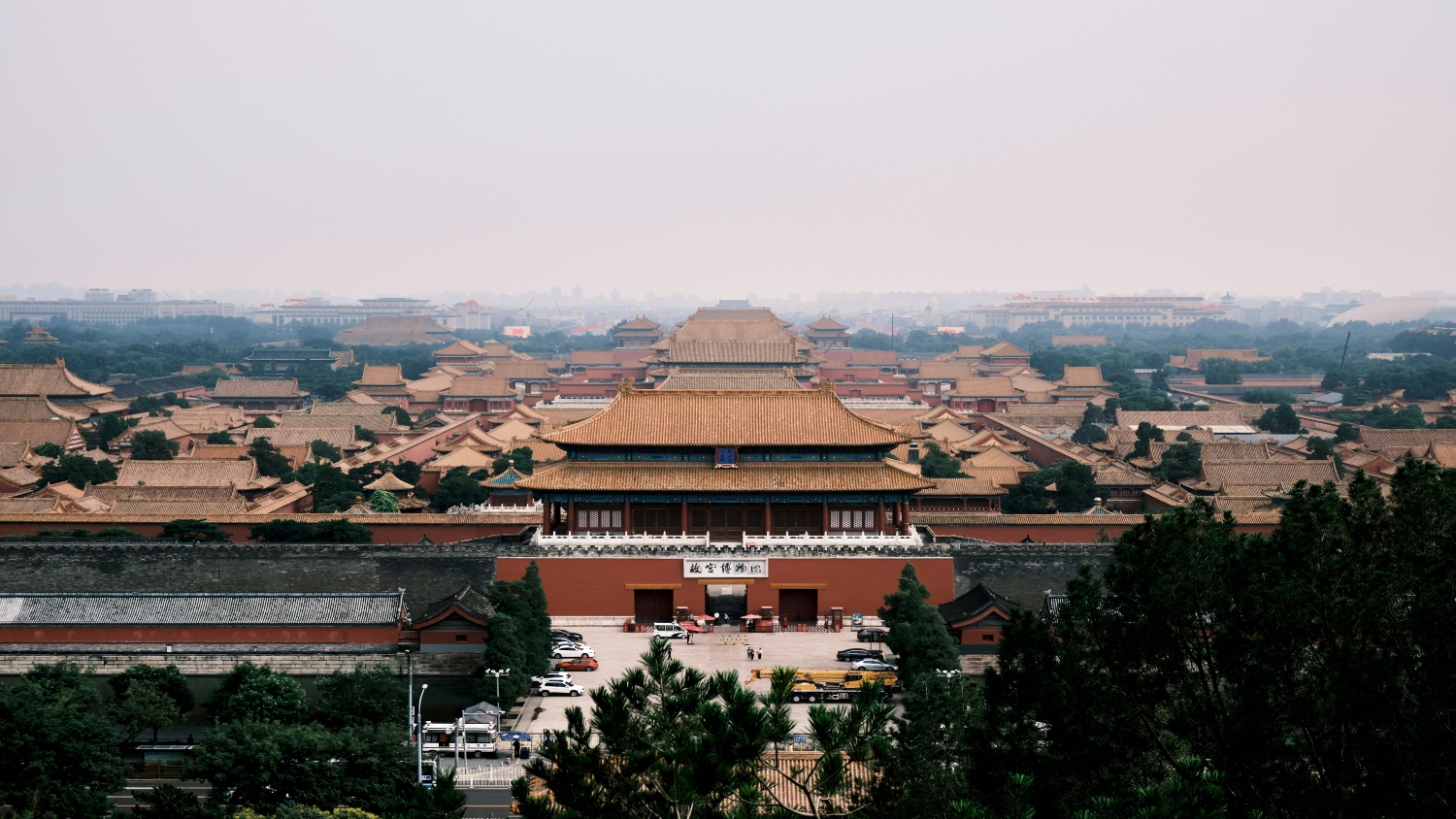
Jingshan Park
Rising directly north of the Forbidden City, Jingshan Park is crowned by an artificial hill constructed during the Ming dynasty from the earth excavated to build the imperial palace’s moats. This elevation offers perhaps the most iconic panoramic view of Beijing, with the golden rooftops of the Forbidden City stretching out beneath you.
Historically, the park holds a somber note: it was here that the last Ming emperor, Chongzhen, met his tragic end in 1644. Today, Jingshan is alive with morning tai chi practitioners, traditional musicians, and families enjoying leisurely strolls among its ancient pines.
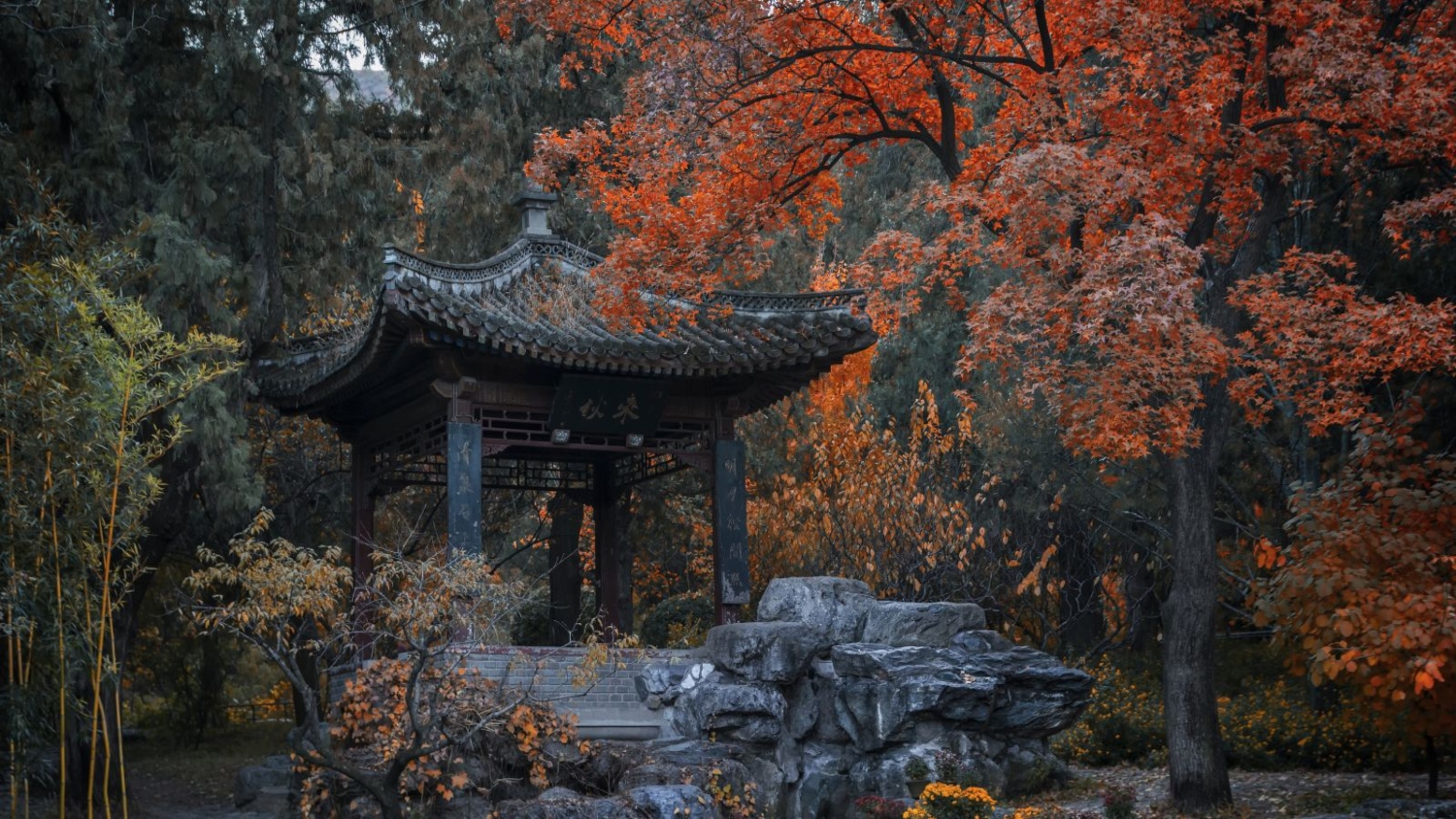
Fragrant Hills Park
Situated in Beijing’s western Haidian District, Fragrant Hills Park (Xiangshan Park) offers a more rugged, forested escape. Established in the 12th century, the park spans 188 hectares of natural pine-cypress forests, dotted with maple and smoke trees that blaze with colour in autumn.
The park’s highest peak, Incense Burner Peak, affords a rewarding hike culminating in sweeping views of the city and surrounding countryside. Historical sites like the Bright Temple and Shuangqing Villa add layers of cultural depth.
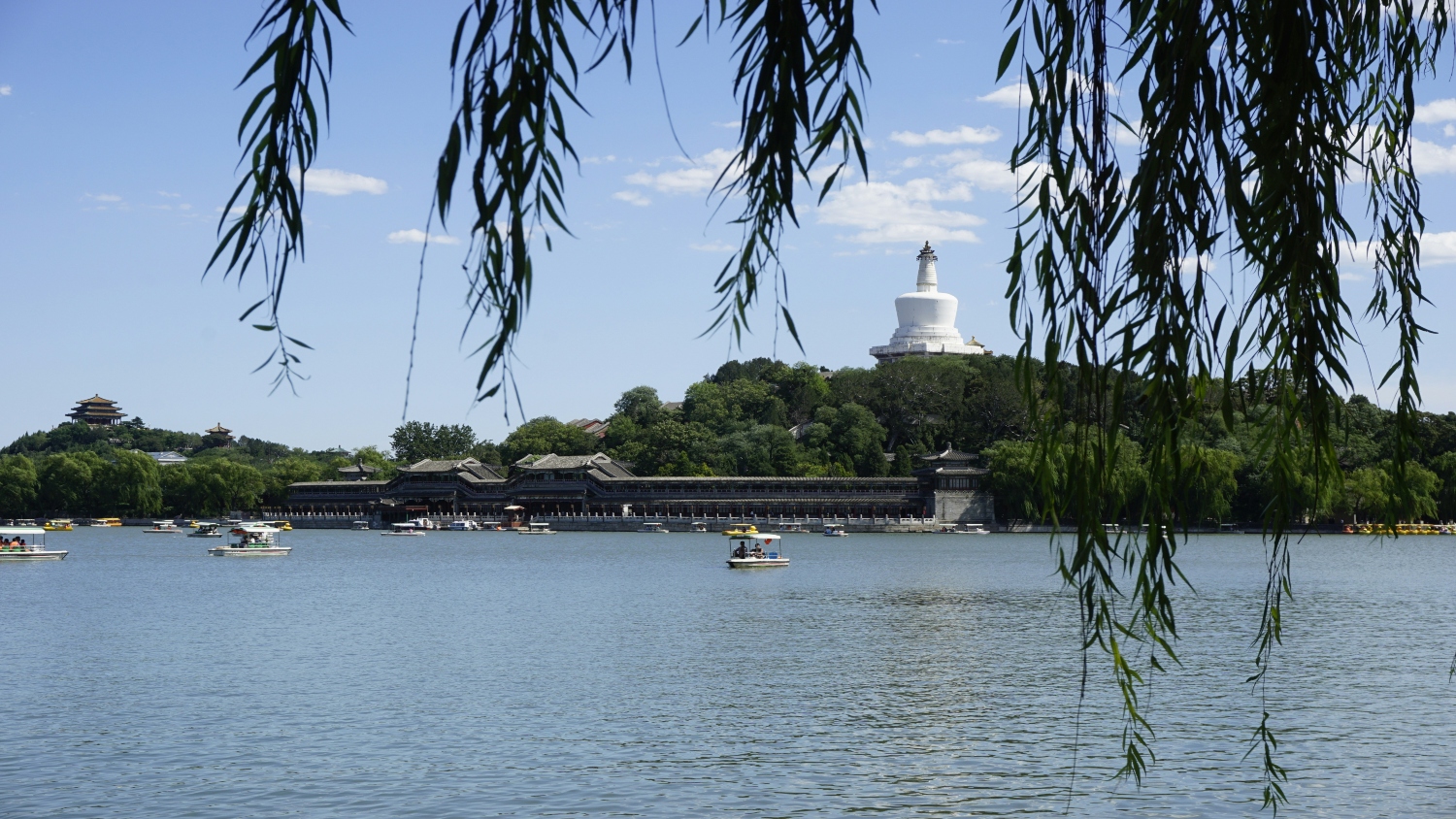
Beihai Park
Adjacent to Jingshan lies Beihai Park, one of China’s oldest and most exquisite imperial gardens. Established in the 10th century, the park centres around a vast lake, with Jade Flower Island at its heart, crowned by the striking White Dagoba – a symbol of peace and harmony. Wandering through Beihai, visitors encounter a medley of classical Chinese landscaping: ornate pavilions, stone bridges, and secluded alcoves.
The park’s design reflects a microcosm of China’s diverse natural beauty, drawing inspiration from the gardens of Suzhou and the landscapes of the Yangtze Delta. There, visitors can enjoy boat rides on the lake, stroll through the gorgeous gardens, explore ancient buildings and temples, and ice skate in winter.
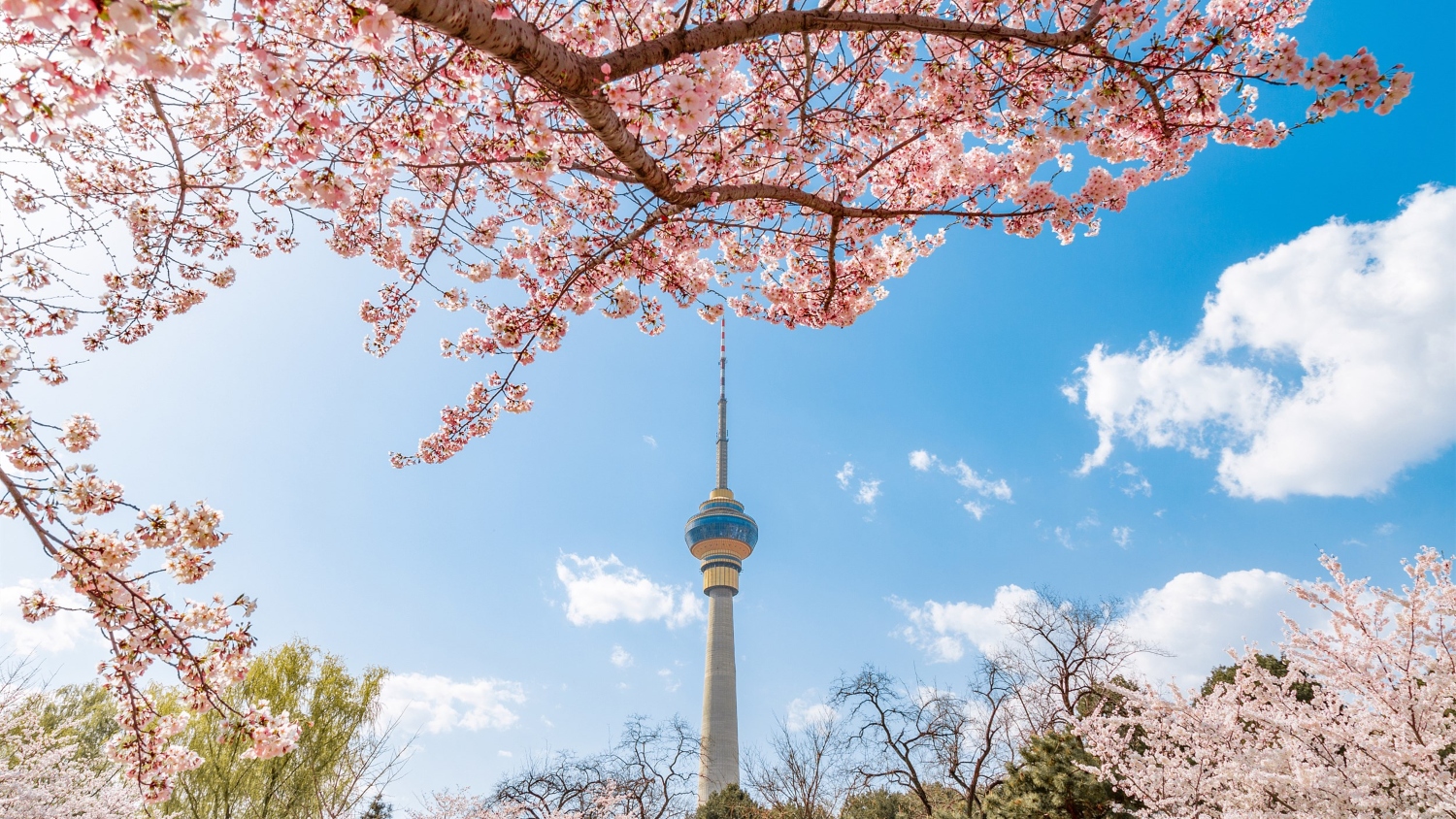
Yuyuantan Park
In spring, Yuyuantan Park becomes a floral paradise, renowned for its cherry blossom festival that draws visitors from across the city. Located in the heart of Beijing, the park’s expansive lakes and tree-lined paths offer a serene setting for picnics, boat rides, and leisurely walks. Beyond the blossoms, Yuyuantan’s diverse plant life and open spaces make it a year-round destination for nature enthusiasts.
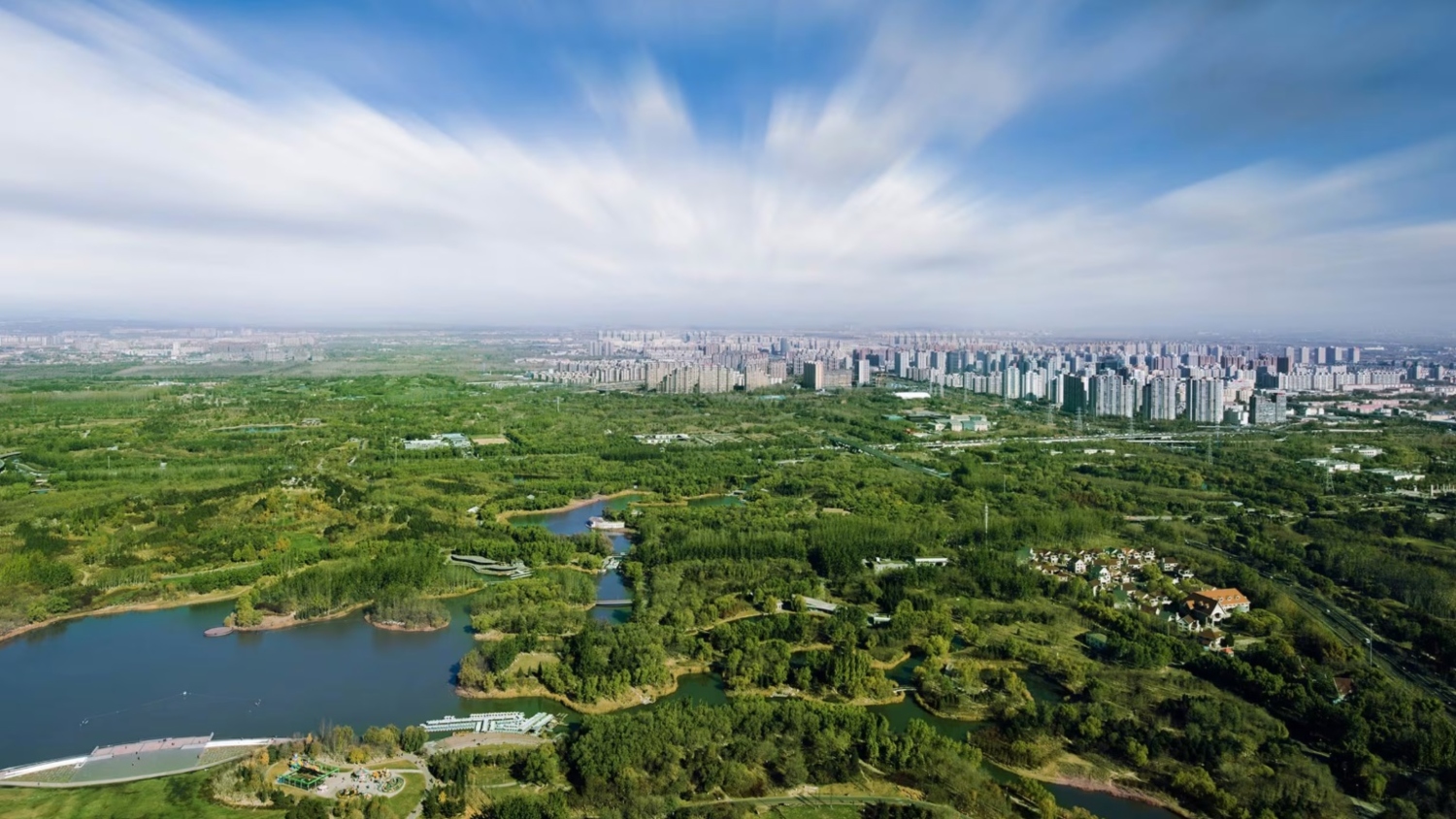
Olympic Forest Park
Located at the northern edge of Beijing’s central axis, the Olympic Forest Park is the city’s largest urban green space and a powerful symbol of its ecological aspirations. Originally built for the 2008 Summer Olympics, this 680-hectare sanctuary is a masterful amalgamation of sustainable design and natural beauty, featuring serene lakes, expansive wetlands, and woodlands connected by an elevated “eco-corridor.”
Whether you’re cycling along tree-lined paths or pausing by Aohai Lake to watch the reeds sway in the breeze, the park extends a restorative escape from the city’s energy, reminding visitors that even in one of the world’s most dynamic capitals, nature still finds space to thrive.
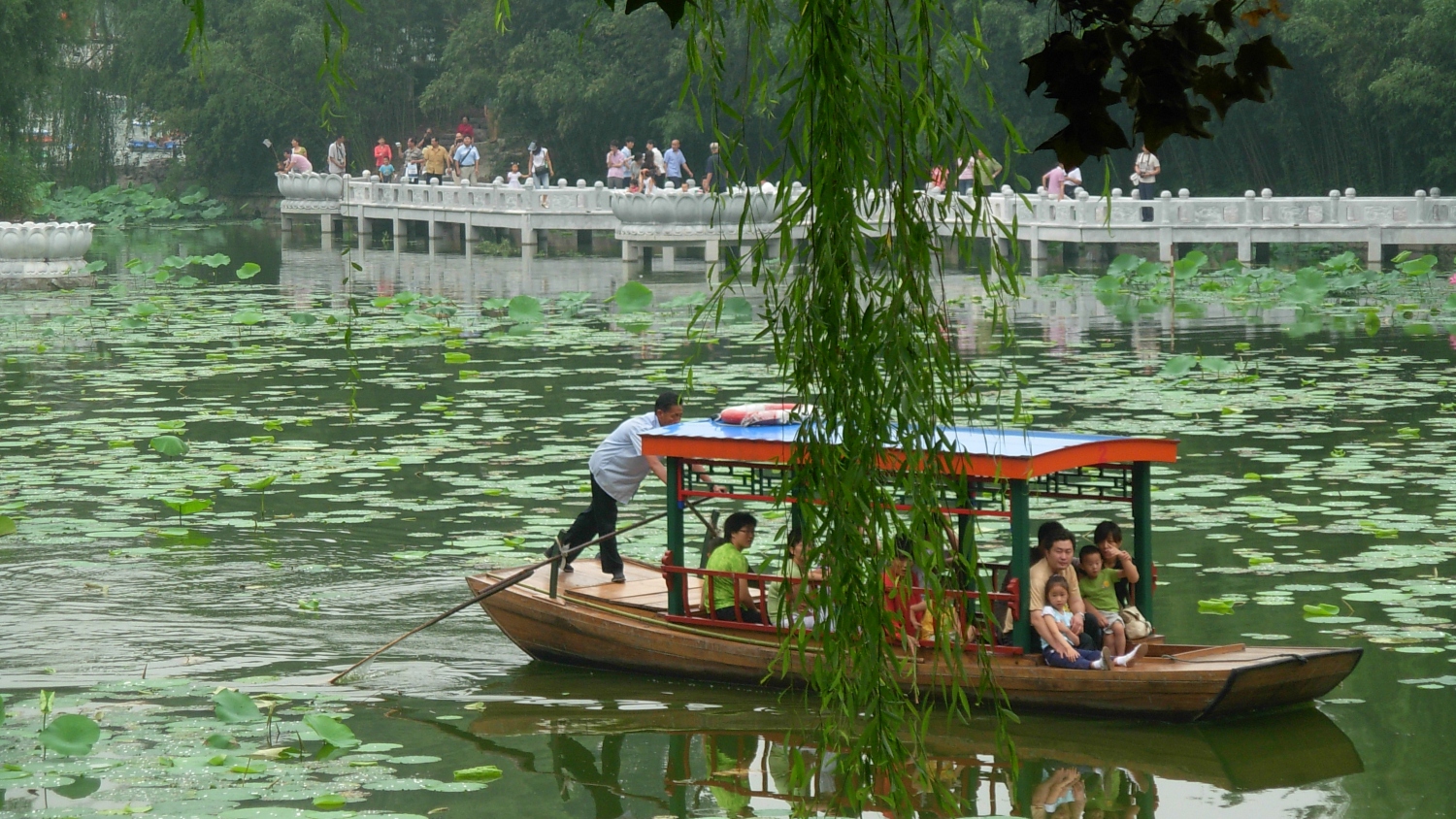
Purple Bamboo Park
Within the Haidian District is Purple Bamboo Park (Zizhuyuan), a testament to the elegance of traditional Chinese garden design. Spanning over 47 hectares, the park features interconnected lakes, rolling hills, and, as its name suggests, lush groves of various bamboo species. Five bridges link the park’s islands and peninsulas, creating a harmonious landscape that invites quiet reflection and leisurely exploration.
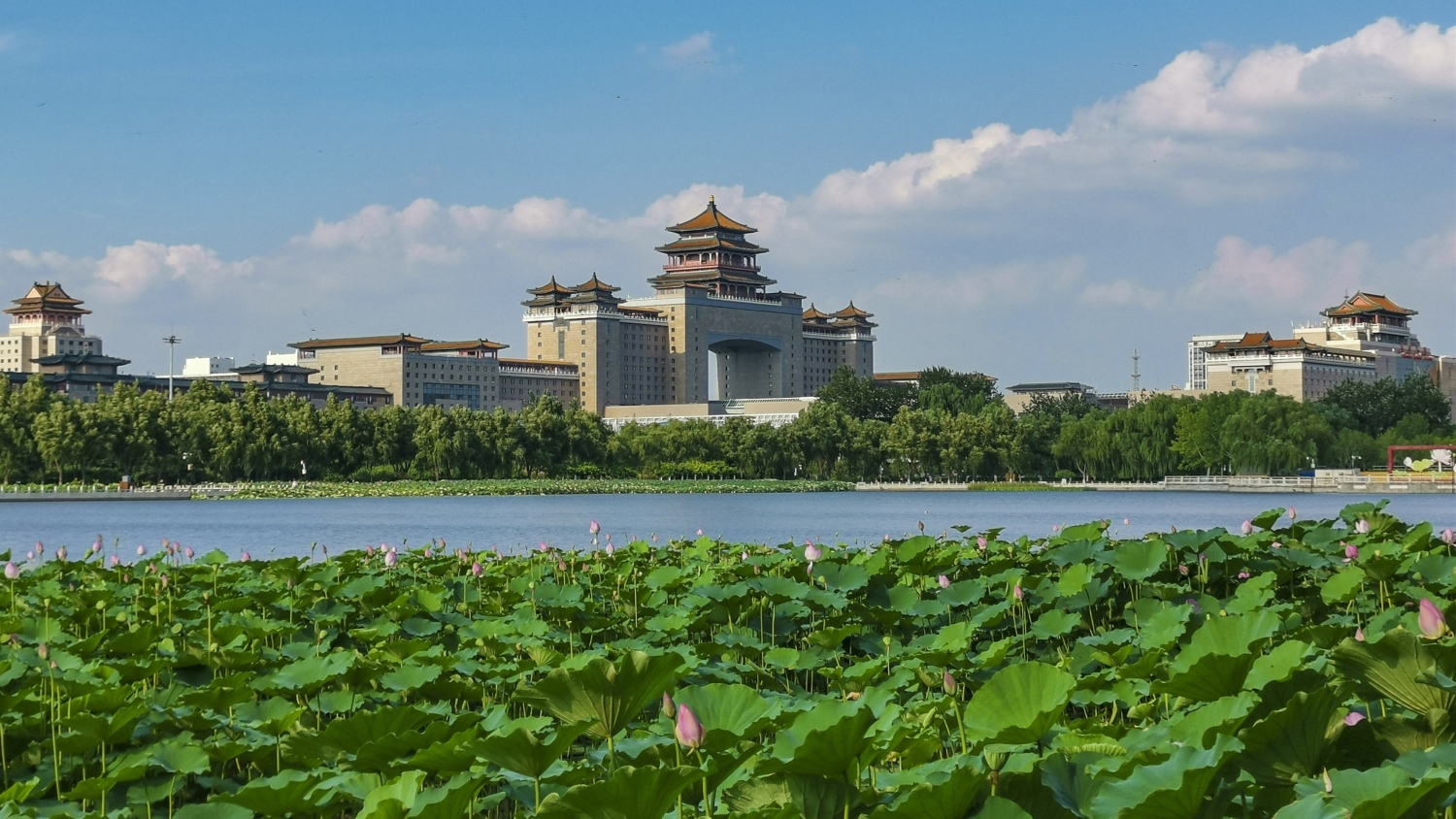
Lotus Pond Park
Located near Beijing West Railway Station, Lotus Pond Park (Lianhuachi) boasts a history dating back to the Zhou dynasty. Once a vital water source for ancient Beijing, the park evolved into a favoured retreat for imperial families during the Ming and Qing dynasties. Today, its tranquil lake, adorned with blooming lotuses in summer, and its landscaped gardens offer a peaceful respite from urban life.
Featured image: Arvin Yuan


